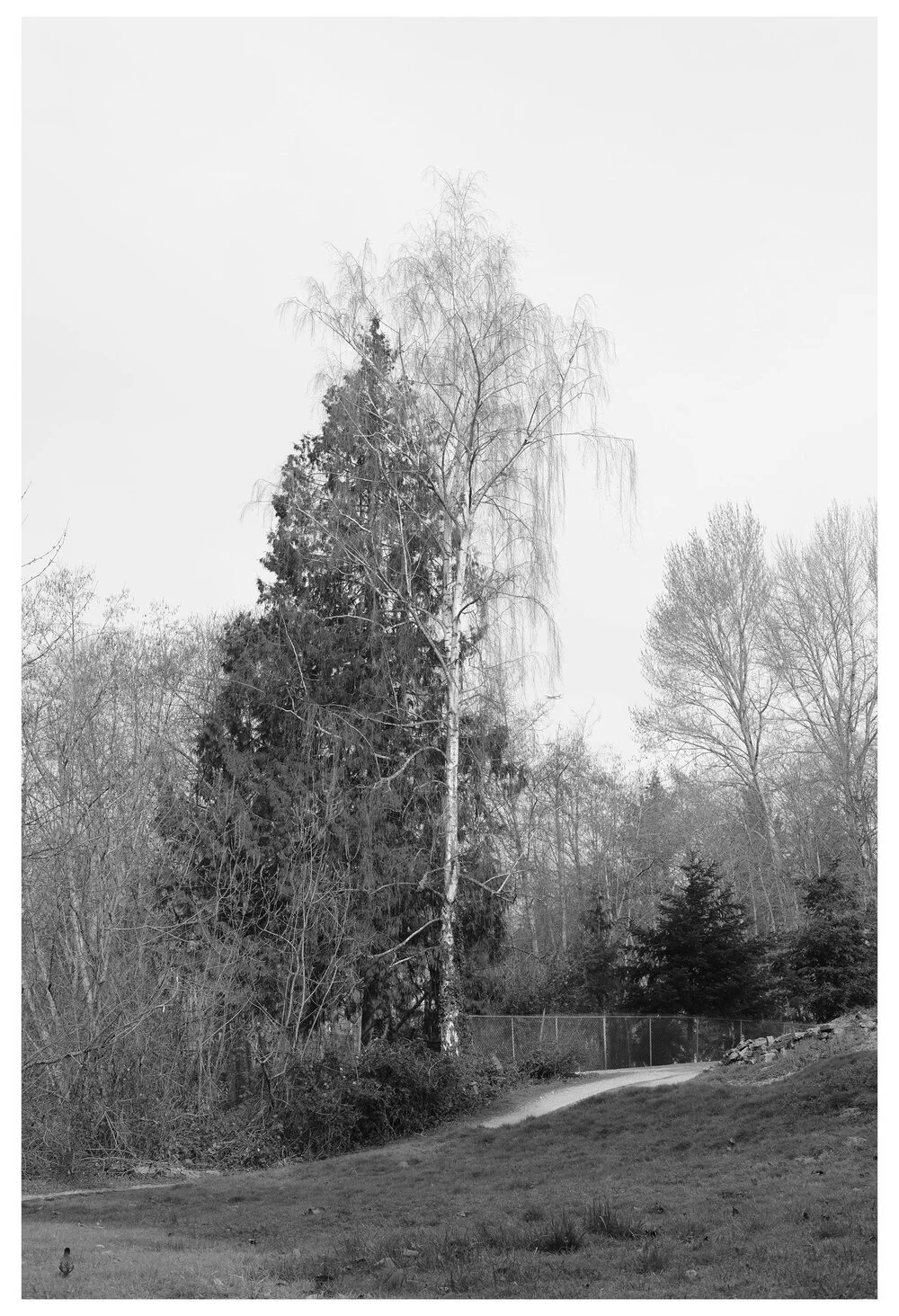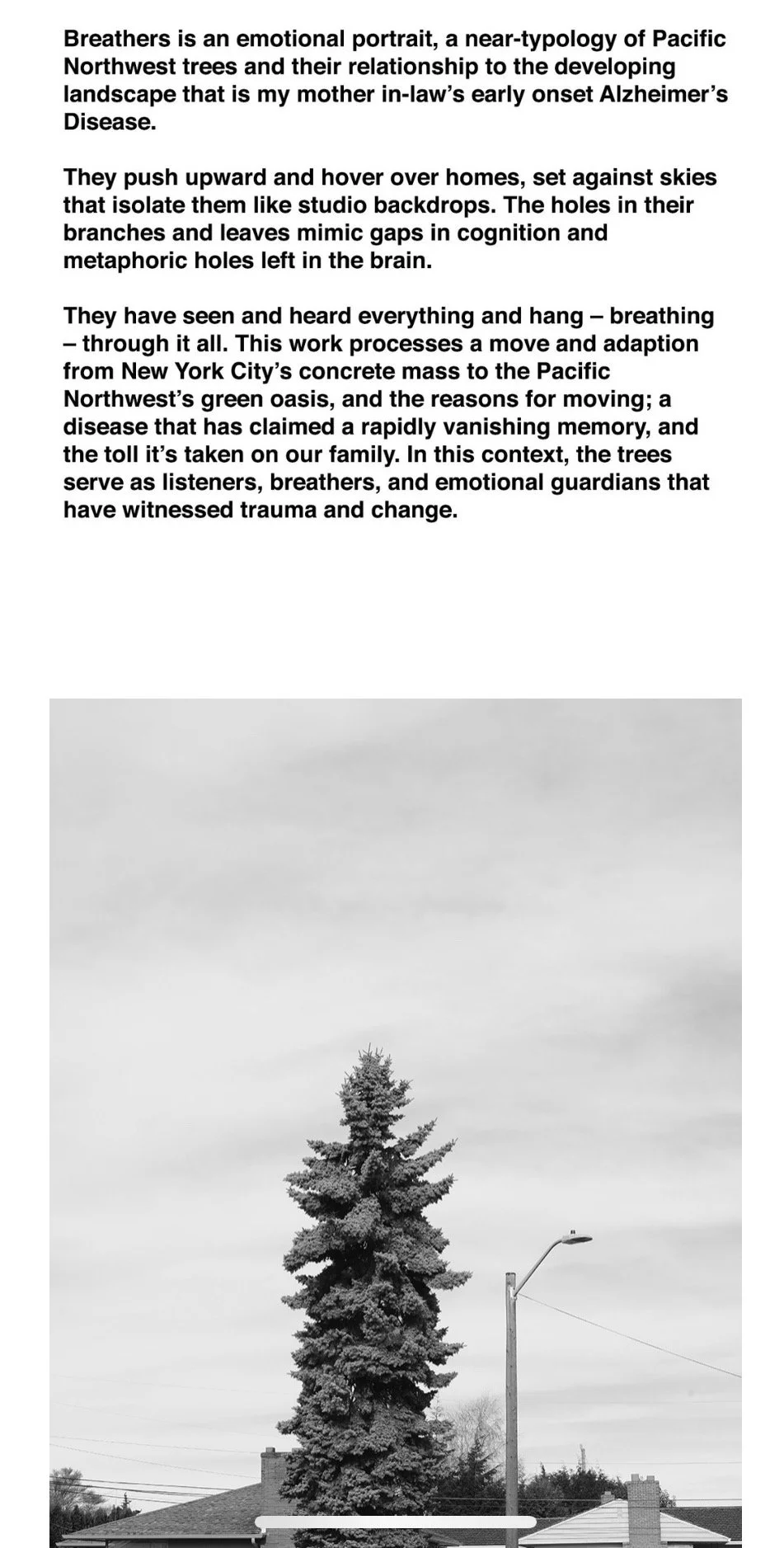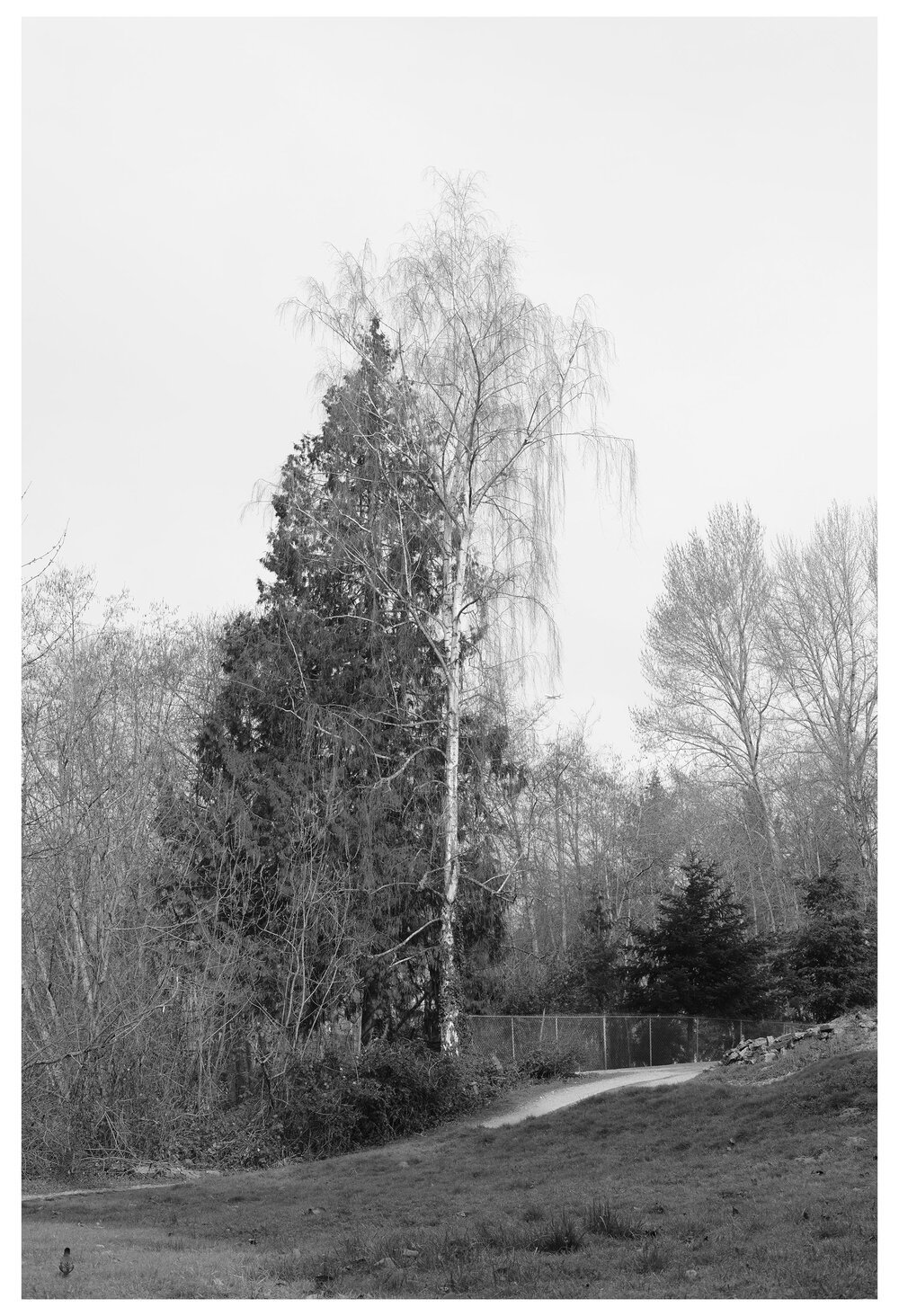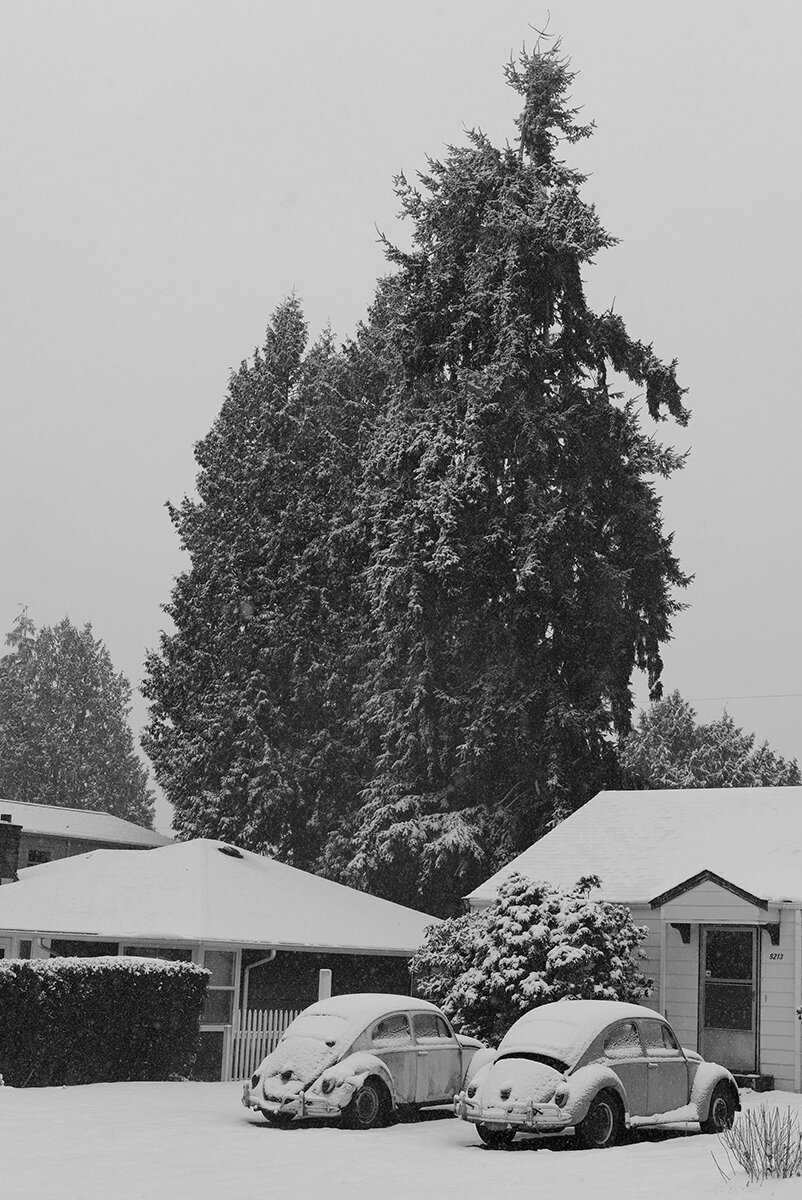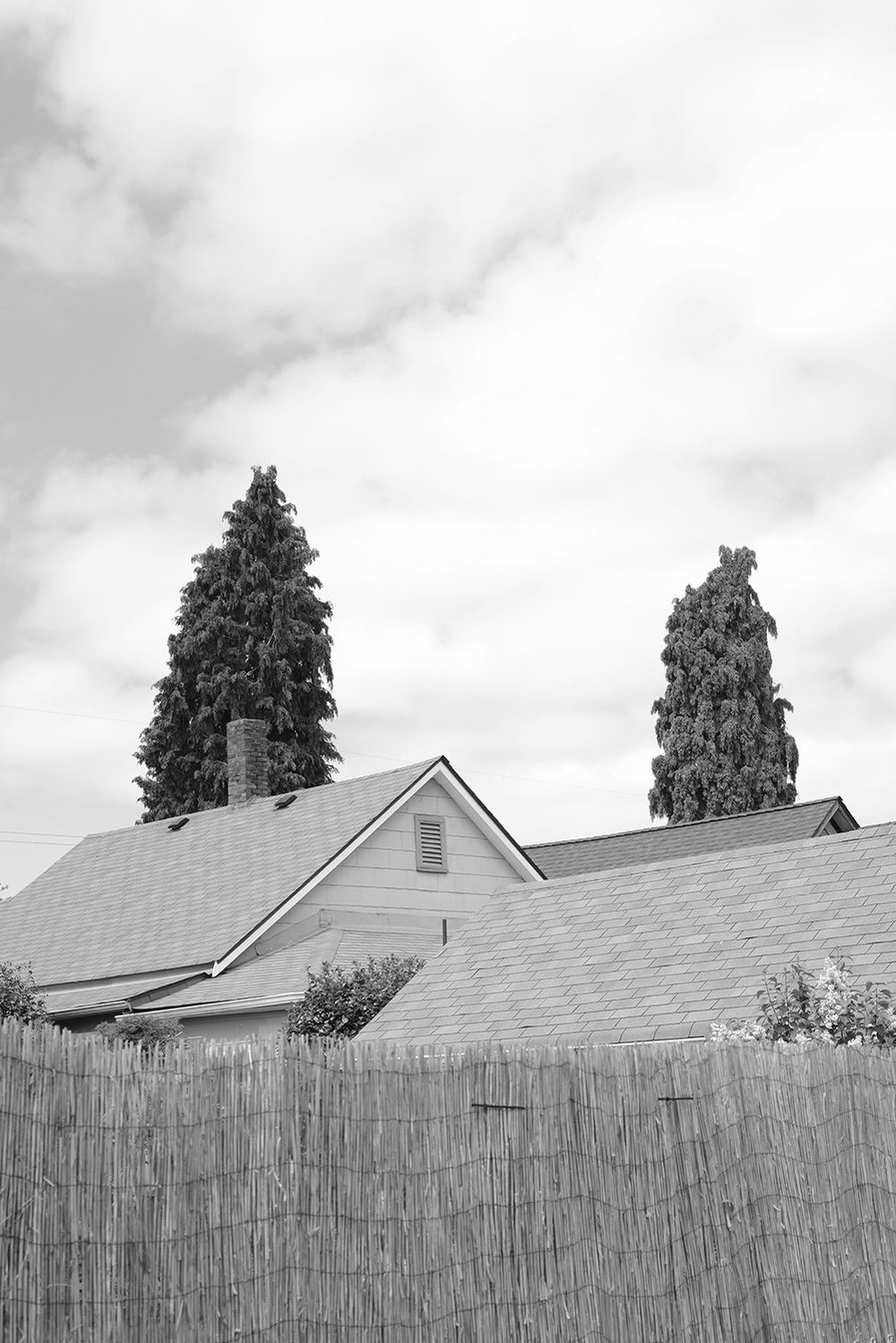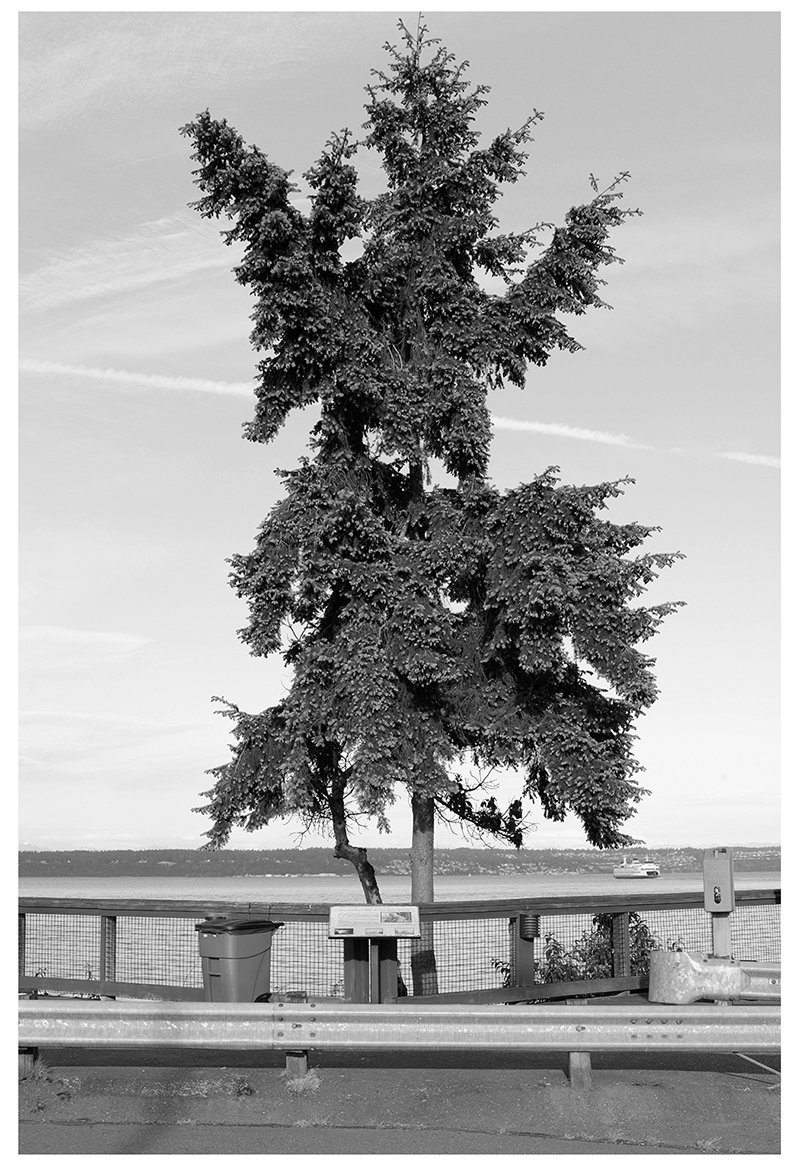We’ve been discussing silence in my short story class.
I’ve been thinking about this a lot since I started reading Annie Ernaux several years ago. What is said in the absence of words, what is said between the white spaces.
Ernaux’s memoirs are full of trauma and pain—of an abortion, an ex lover, her mother’s death— written between the sparseness of her narrative that, on the surface might seem just a day to day account of her happenings. Like a journal.
Loss and grief are never mentioned but it exists everywhere in her work—hidden between the mundaneness of every day descriptions. Wholly unlike Didion, for example.
Take for example, her experience with undergoing illegal abortion at a time when it was not a common procedure.
She is at Mme X’s house, the lady who would be performing the procedure. Never does she use the words ‘fear’ or ‘nervousness’. Instead, she recalls vividly, the walk to the house, the people on the street—
she observes every detail of the house— the table cloth, color of pots, furniture.
This is how one feels when terrified. One might start to cook manically. Or start going for long walks. Or stare at a paper whisked away in the wind, polluting the otherwise pristine sidewalk.
I keep telling my students, it is not what is said, but what remains unsaid that is crucial in a short story. Rather, you say by not saying.
How important silence is. How powerful its sound.
I write this as I stare at a photographic series, Breathers, images by Jon Feinstein who made this series in tribute to his mother-in-law who had Alzheimers.
They are only images of trees- in simple black and white. No high contrast. No noir filters. Elegant and unpretentious but so whole, so full. The trees stand— some stoic, some wilting, some full of grief— in witness to everything that it sees around it. In witness to Jon’s grief, loss and daily meditations.
It’s not ironic that Ernaux often referred to her memories as images. Because images come from a more primal part of our brain. A more instinctive part that feels immediately without rationalizing.
They also remind me of Haneke’s film The Piano Teacher where Isabelle Huppert crushes glass in her pocket with her bare hands. Or, the last scene where she stands outside the building with a knife in her hand. The scenes in the film were so quiet, so insipid almost, that they leave you with a heartbeat, the sound of which you never forget. Just in the way I’ll never forget John Hopkins say, Good Evening Clarice, in Silence of the Lambs: his voice so soft like a whisper.
Because in the stillness of those scenes there is a terror so large it is impossible to express in any other way
Melancholy, isolation, memory— these are everywhere in Jon’s trees. The grieving willow; the skewed tree half falling, the ones with thick strong trunks, the ones hovering over rooftops.
They are eerily taciturn
As Jon himself wrote, “they have seen and heard everything— and hang, breathing through it all.
The images are not the dreamy landscapes you see on Instagram these days but like Ernaux’s memoirs, there is a diaristic quality to them. A truth. A sense of genuineness and realness. Somewhere, you are distinctly aware that they hold something unspeakable.
